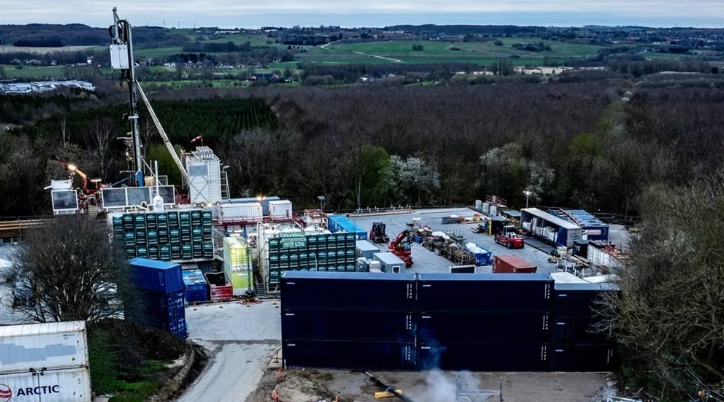Innargi, a geothermal developer, has revised its plan to deliver 110 megawatts of geothermal heating to Aarhus, Denmark, using three locations instead of the originally planned seven, based on results from test wells started in 2023. Advancements in heat pump technology and efforts by local district heating company Kredsløb to reduce grid temperatures enabled the consolidation. The heating facilities will now be established at Skejbyvej, Bautavej, and Halmstadgade, with previously proposed sites at Brokvarteret, Bjørnholms Allé, Sumatravej, and Jens Juuls Vej excluded.

Geothermal drilling in Skejby in Aarhus, Denmark
Construction of the Skejby heating plant began in mid-2024 and is expected to supply geothermal heat by autumn 2025. Sune Birk Kendrup, Innargi’s Project Director, stated: “Thorough analyses of all three test wells have shown that the northern part of Aarhus is the most suitable for geothermal energy from a subsurface perspective. Therefore, we have agreed with Kredsløb to place the geothermal plants in the northern part of the city.” He noted that two additional wells will be drilled in the Skejby area starting in 2027 to support the revised plan.
Lasse Sørensen, Head of Business Development at Kredsløb, confirmed: “The plan is still for the whole system to be operational by 2029.” Once fully operational, the 110-megawatt thermal capacity will meet approximately 20% of Aarhus’s heat demand, significantly reducing reliance on wood pellets for heating. This shift to geothermal energy supports local sustainability goals by providing clean, renewable heat for domestic consumption without impacting trade dynamics.
The streamlined approach optimizes resource use and leverages favorable subsurface conditions in northern Aarhus, ensuring efficient project delivery. By consolidating the number of plants, Innargi and Kredsløb aim to enhance the project’s environmental and economic benefits, contributing to Aarhus’s transition to sustainable heating solutions.